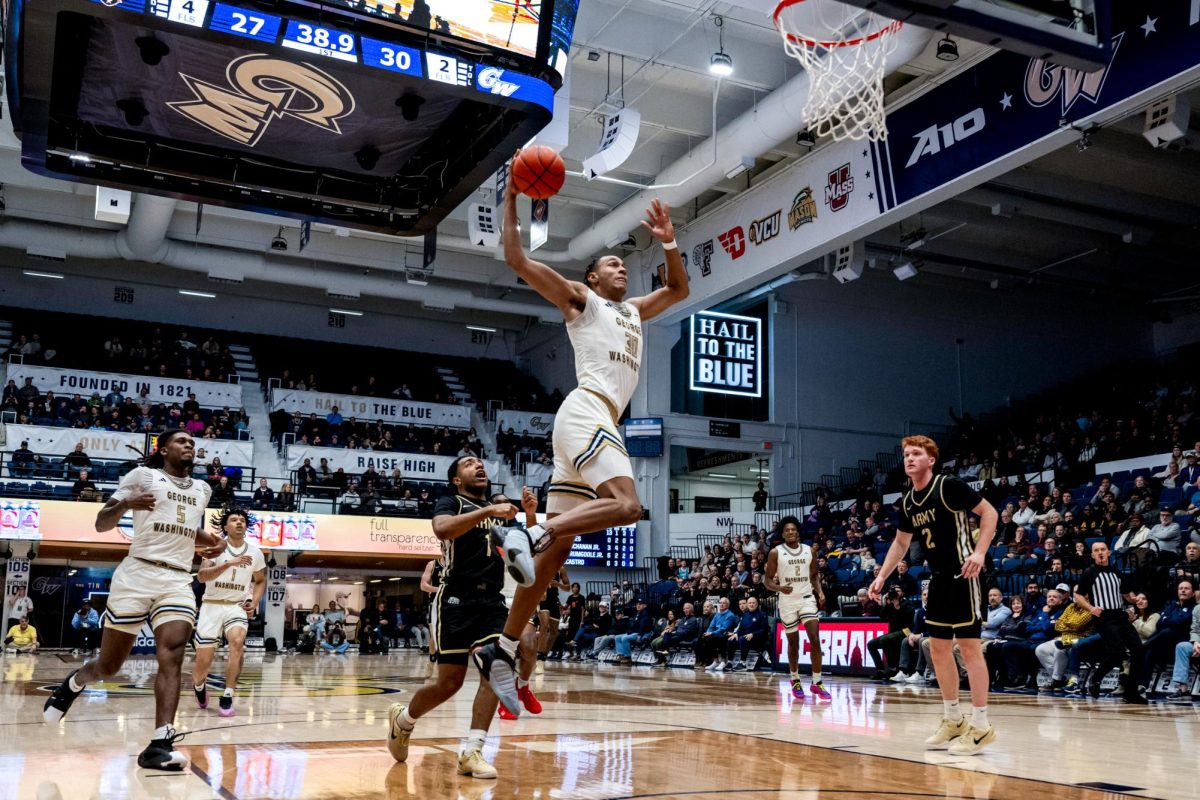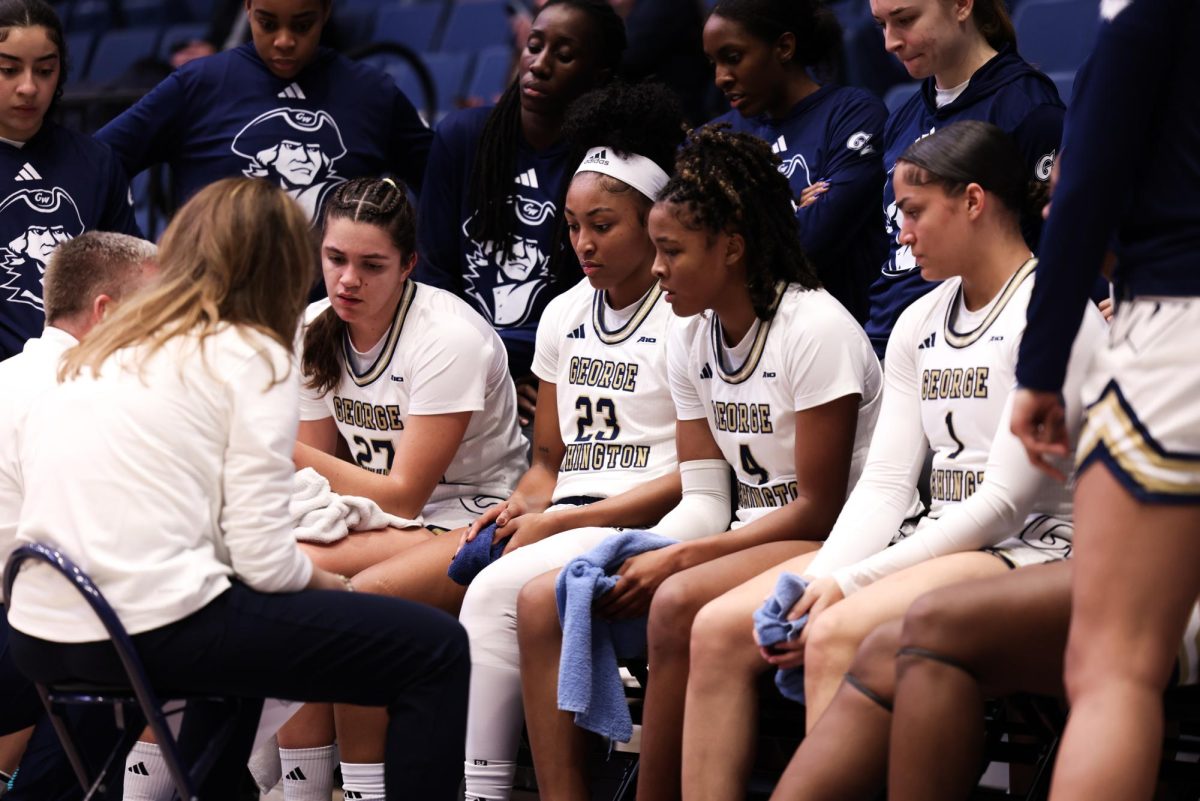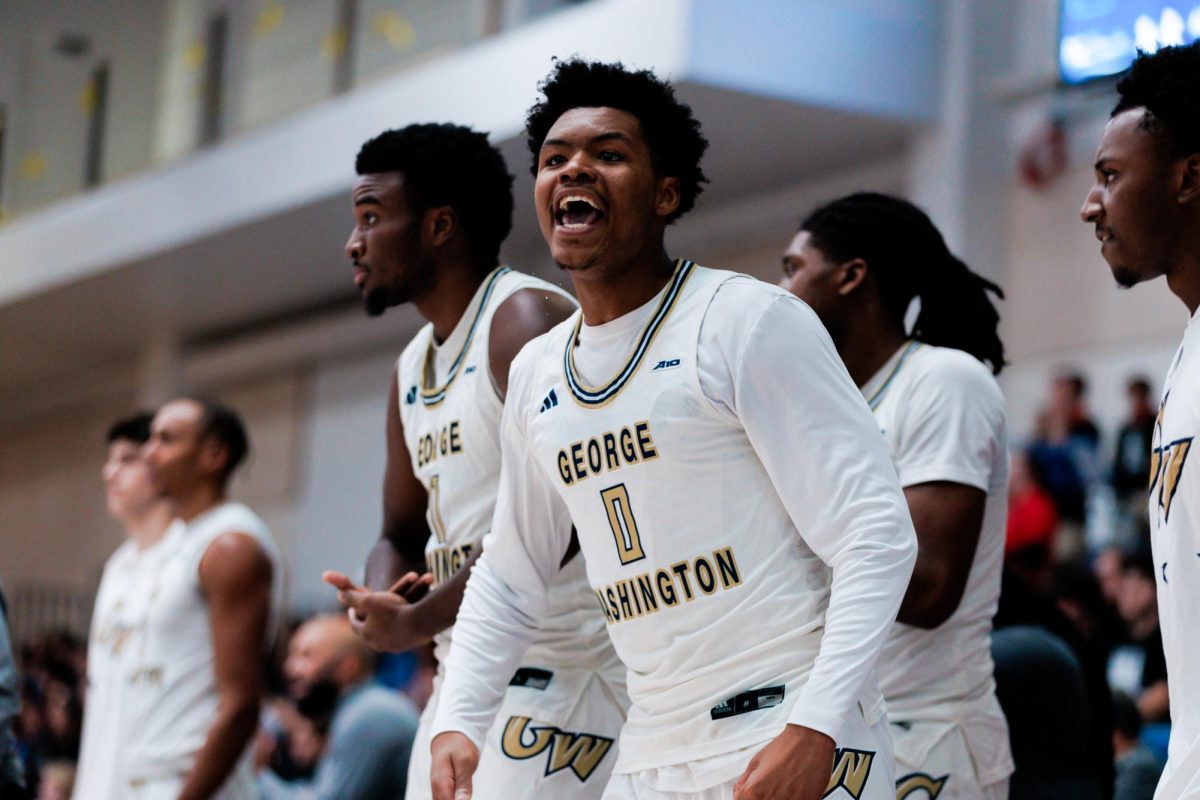Lasan Kromah didn’t feel it when he injured his foot back in mid-November.
He was on the court with his teammates that day, playing in a closed-door scrimmage against N.C. State when the ball swung his way. He caught it, took a jab step and heard a pop. He didn’t feel a thing, and he didn’t really need to. He could hear that something was wrong.
“The ball swung around and I jab-stepped, and as soon as I jab-stepped, I heard my foot pop,” Kromah said. “At first I didn’t feel it, but just the sound of hearing it pop, I was like, ‘It’s gotta be something.’ So when I came to the sideline my foot started swelling a little bit… I thought it was just a regular sprain, a real bad sprain, but later on I found out it was something else.”
What that pop turned out to be was a torn lisfranc ligament in his left foot, an injury that required surgery to repair. Kromah, a Preseason All-Atlantic 10 third team selection this year, had pins placed in his foot to help the ligament heal and used crutches to get around until early January. Until recently, the sophomore’s foot had been protected by a walking boot, but as he’s healed, Kromah has been able to shed that as well.
It’s the first time in his life that Kromah has had to be away from basketball for such an extended period of time, and it’s been a transitional period for the Colonials guard. He still attends every practice, even the ones at 6:30 in the morning, and he’s on the bench cheering for his teammates at every game, both home and away. Even with so much practice, sitting on the sideline isn’t something Kromah said he’s been able to get comfortable with.
“It still is tough. I was thinking, as the year went on, it would be like, ‘All right, I could deal with it,’ but when it comes down to close games, and just the whole energy… If you’re a basketball player, you always want to be out there no matter what,” Kromah said. “If you’re sitting down watching the game, you always want to be out there. It’s just like every game, I’m always thinking, ‘Oh, I wish I was playing, I wish I was playing,’ not like, ‘Aw, I don’t want to play.’ “
Even with the boot and crutches gone, the list of things Kromah can do is short. He’s not allowed to run or jump on his foot, essentially limiting him to shooting free throws and dribbling until he begins his rehab process. He said he’ll likely take a medical redshirt at the end of the season so he won’t lose a year of NCAA eligibility, but even as he sits out Kromah said he’s grown as a basketball player and learned from the time he’s been forced to spend watching the game in street clothes from the end of the bench.
“Sitting back watching, you see things you wouldn’t see when you’re playing the game. Certain moves and certain plays and you get to see really, your teammates’ tendencies and what they can do best and things like that. So me sitting on the sideline watching all that, I’m putting all that in the back of my head,” Kromah said. “Sitting on the side, it’s like I’m out physically, but mentally I’m growing as a basketball player.”
Kromah has found ways to make himself useful for his teammates, too. The team’s returning top-scorer from last season still sits in on film sessions with his teammates, offering up his own advice and analysis of GW’s opponents.
His contributions haven’t just been in terms of Xs and Os, either. He’s still a fixture in the Smith Center and around campus with his teammates, and he even went so far as to bring them doughnuts after a game earlier this season. All of it, he said, is part of making sure he continues to support his team, even from the bench.
“The only difference is I’m not practicing with them. I’m on the sidelines watching them practice, giving them advice. I’m at the games cheering them on. I’m in the locker room. I’m still there, just the only thing missing is playing basketball,” Kromah said.
In addition to his duties as a teammate, Kromah will begin a rehab regimen once he gets the pins removed from his foot in 2 to 3 weeks, that he said will include pool walks and resistance training. The goal, he said, is to begin basketball activities again in late April or May, but the ultimate decision as to when he can get back on the court lies with him.
“If I’m playing and I’m worrying about my foot, then I wouldn’t be ready, so if I’m doing rehab and strengthening it, I’m gonna keep doing that until I can trust my foot 100 percent without second guessing it and whatnot,” Kromah said.
The light at the end of the tunnel, he said, will be getting to put his jersey back on and take the floor with his teammates. It won’t happen for months, but it’s a moment that Kromah said he’s already focused on.
“It’ll be a real, real good feeling. I’ll be in here sometimes, shooting free throws, just thinking in the future like, ‘Oh man, I can’t wait to get a jersey on.’ When I definitely put it on, when I finally put it on, it’s gonna be like a big relief, like it’s finally here, I went through rehab, stuff like that. It’s gonna be one of the most appreciated times that I have playing basketball… It’s gonna be a real good moment.”






